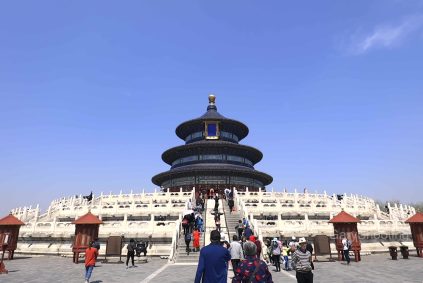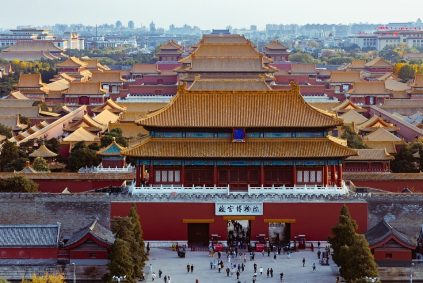Exploring the Former Residences of Guangzhou’s Cultural Icons: A Walk Through History and Creativity
قوانغتشو, a city steeped in history and cultural innovation, has been home to numerous influential figures whose legacies continue to shape Chinese arts, literature, and thought. Visiting their former residences offers a unique lens into their lives, creative processes, and the eras they inhabited. These sites, often preserved as museums or heritage landmarks, blend architectural charm with personal narratives, inviting visitors to step into the worlds of Guangzhou’s most celebrated minds.
Architectural Gems That Reflect Eras of Influence
The former residences of Guangzhou’s cultural luminaries are not just historical sites but architectural treasures that mirror the aesthetic and social values of their time. Many of these homes feature traditional Lingnan-style elements, such as tiled roofs, carved wooden screens, and open courtyards designed to harmonize with the subtropical climate. Some residences, لكن, incorporate Western influences, reflecting the cross-cultural exchanges that defined Guangzhou’s role as a port city.
على سبيل المثال, certain homes blend colonial-era design with local craftsmanship, showcasing arched windows, verandas, and intricate plasterwork. These structures often occupy strategic locations—whether overlooking bustling streets or nestled in quiet neighborhoods—that hint at the social status or personal preferences of their former occupants. Exploring these spaces allows visitors to trace the evolution of architectural trends while imagining the daily lives of the artists and thinkers who once walked their halls.
Personal Artifacts That Tell Stories of Genius
What truly brings these residences to life are the personal artifacts left behind by their famous inhabitants. From handwritten manuscripts and letters to everyday objects like brushes, musical instruments, and furniture, these items offer intimate glimpses into the routines and passions of Guangzhou’s cultural icons. In some museums, visitors can view original artworks, sketches, or drafts of literary works, providing insight into the creative process.
على سبيل المثال, a writer’s study might display a well-worn desk, inkstones, and stacks of books, while a musician’s home could feature traditional instruments alongside sheet music annotated with personal notes. These relics are often accompanied by photographs, diaries, or family portraits, painting a vivid picture of the relationships and experiences that shaped these individuals’ contributions to Chinese culture.
Exhibitions and Events That Celebrate Legacy
Many former residences have been transformed into dynamic cultural hubs, hosting rotating exhibitions, lectures, and performances that honor their original inhabitants’ legacies. These events range from retrospectives of an artist’s career to thematic displays exploring broader historical or artistic movements. على سبيل المثال, a residence once owned by a renowned poet might feature seasonal readings of their work, accompanied by discussions on the social context of their verses.
Interactive workshops and guided tours further engage visitors, encouraging them to explore topics like calligraphy, traditional music, or literary analysis through hands-on activities. Some sites also collaborate with contemporary artists or scholars, creating modern interpretations of the original resident’s ideas. These initiatives ensure that the cultural significance of these homes remains relevant and accessible to new generations.
Gardens and Surroundings That Inspire Reflection
The serene gardens and outdoor spaces surrounding many of these residences add another layer of depth to the visitor experience. Designed to complement the architecture, these landscapes often feature ponds, أجنحة, and carefully curated plant life that reflect traditional Chinese aesthetics. Walking through these gardens, one can understand how nature influenced the creativity and philosophy of the residents.
على سبيل المثال, a scholar’s garden might include symbolic elements like bamboo (representing resilience) or lotus flowers (symbolizing purity), while a painter’s home could offer vantage points that inspired landscape compositions. These spaces serve as quiet retreats where visitors can pause, reflect, and connect with the intellectual and artistic spirits that once thrived there.
By visiting the former residences of Guangzhou’s cultural icons, travelers embark on a journey through time, إِبداع, and personal history. Each site offers a distinct perspective on the city’s rich cultural tapestry, revealing how individual lives intersected with broader historical currents. Whether you’re drawn to architecture, فن, or literature, these homes provide a profound and inspiring way to engage with Guangzhou’s enduring legacy.
















